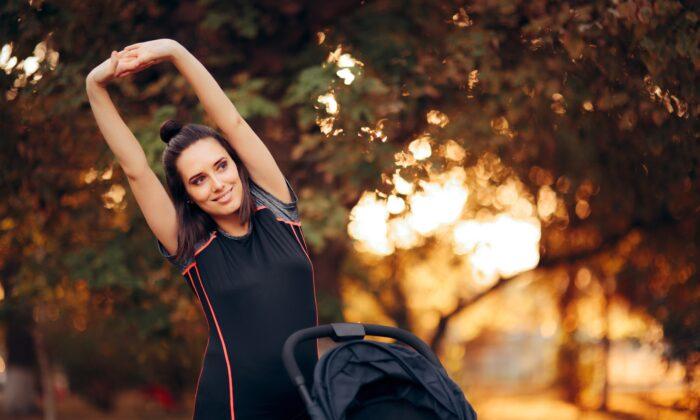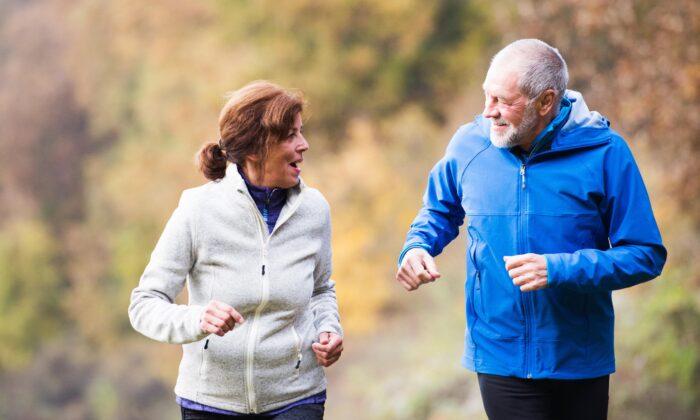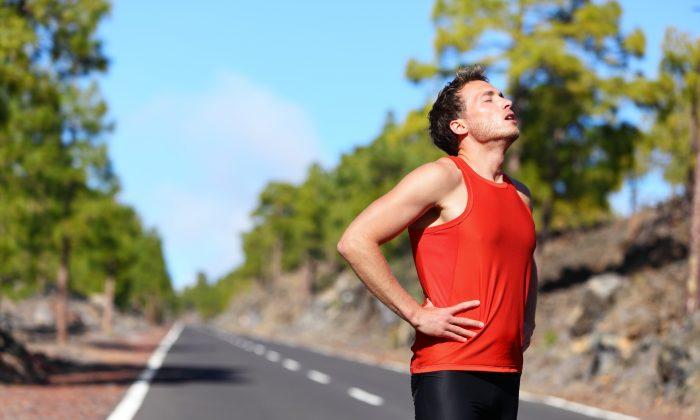The extended duration of the COVID-19 pandemic means that more women will give birth during the pandemic, and some will have more than one pregnancy and postpartum experience. As physical activity researchers who advocate for exercise as medicine, we’re studying the impact of exercise on the well-being of postpartum women during the pandemic.
The COVID-19 pandemic has affected everyone’s day-to-day lives, but mothers have been especially challenged. Women have experienced a negative impact on mental well-being and
physical activity behavior, with mothers being especially vulnerable because of increased child care responsibilities. New mothers in the postpartum phase are at an additional disadvantage due to the heightened challenge of caring for infants.
Postpartum Challenges
The
postpartum phase is often defined as the first six weeks after childbirth, when post-pregnancy physical changes such as uterine shrinking and hormonal fluctuations are the greatest. These changes can also greatly affect the mental health of new mothers—the prevalence of depression is approximately 15 percent. However, it’s possible for new mothers to continue to experience post-partum effects for up to one year.
Pre-pandemic challenges such as sleep deprivation, lack of self-care, and medically complicated deliveries are now exacerbated. For example,
women who gave birth during the pandemic may have experienced reduced direct maternal care, a lack of a home support system due to visiting restrictions, and a lack of in-person breastfeeding support.
However, physical activity levels are
lower in the postpartum period than prior to pregnancy. This is despite the American College of Obstetrics and Gynecologists recommending that women slowly
return to physical activity four to six weeks after giving birth and work their way up to the general physical activity guidelines of 150 minutes of moderate to vigorous physical activity per week.
Barriers in the postnatal period include a reduced motivation due to the lack of social support and child care responsibilities.
Pandemic-Safe Exercise Solutions
At 18 months into the pandemic with no end in sight and safe indoor opportunities for exercise less accessible,
moms are in need of innovation. An outdoor environment has the advantage of being easily accessible and COVID-19 safe, as well as having additional beneficial effects. Exercising in nature, known as “
green exercise” has been associated with reductions in anxiety and stress, while being outside has been shown to increase the enjoyment of exercise.
With the high degree of
safety in an outdoor environment, could we support new moms with safe physical activity programming outdoors? We were interested in providing moms with the tools they need to return to physical activity safely and to ensure that they have the added competence to engage in physical activity with a new baby. If we want moms to thrive in this new normal, we need to help them find their way back to movement and optimal mental well-being.
Working with a team at the University of the Fraser Valley in the spring, we enrolled 21 women who were less than nine months postpartum in an eight-week, biweekly outdoor group exercise program. As a mother of two (including one born in the midst of the pandemic), Iris (one of the co-authors of this article) had both personal and professional interests in finding ways to meet the physical activity needs of new mothers.
Engaging in the program in an outdoor location with physical distancing allowed women to fully participate without the risk of exposure to COVID-19. Mothers reported a decrease in depression after the program, along with an improvement in motivation and in meeting basic psychological needs. Perceived stress and anxiety also were reduced, but not significantly.
Ongoing Research
These findings suggest that new mothers may experience an improvement in overall well-being after engaging in group exercise. This form of group exercise addressed a number of the common barriers to exercise participation during the postnatal phase. This includes the opportunity to bring their child to the program, engaging with other new mothers, and the program being designed specifically for postpartum fitness. To determine the long-term effects on physical activity, we plan to conduct a follow-up study at six months.Supporting postpartum women with physical activity opportunities may help them exercise more in the postpartum period. This may further improve mental well-being in this at-risk population.
However, there’s still a large gap in the literature regarding women’s postnatal physical activity experiences. We’re currently recruiting women less than 12 months postpartum to
complete an online survey to help us learn more.
Iris Lesser is an assistant professor in kinesiology at the University of the Fraser Valley in Canada, and Scott Lear is a professor of health sciences at Simon Fraser University. This article was first published on The Conversation. 



